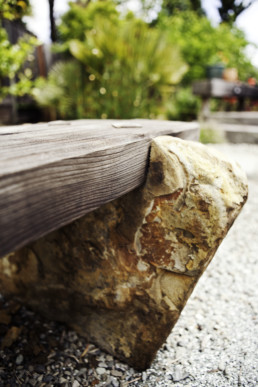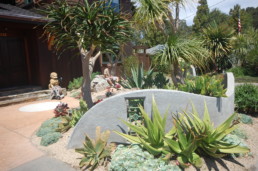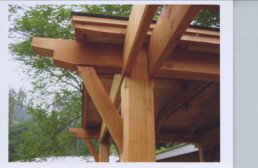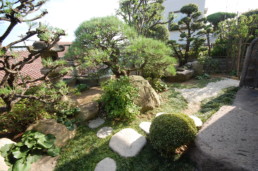
Eastern Design
Eastern Design
In order to give a conceptual summary of the Eastern Garden (EG), we need to begin with the Japanese concept of Niwa. In the Japanese language this ancient word is thought to predate agrarian society and is translated to be “humans in nature as an indivisible part”. Commonly today in the Eg the word Niwa is generally translated as the Garden and Niwashi is used to describe a person who works within the garden. This person is referred to as the garden artist: they are the one whom thru a himan reflection are left to interpret, the influence we as humans feel within the natural ecosystem, Nature. While cultivating and tending for the garden the Niwashi aims to sculpt the space with intention, giving the utmost respect for nature. Providing a place for interpretation, with humility towards the, not mimicry of nature. Designing a space using Eastern Principles (EP) develops the parts of the whole based off of an utmost respect for nature in its purest for. Based off of ancient China, Geomancy is a theory of Universal structure based on the opposing yet complimentary principle of Yang (the positive, active force) and Yin (the negative force) and their mutual effects on the the five basic elements: wood, fire, earth, metal, and water.




